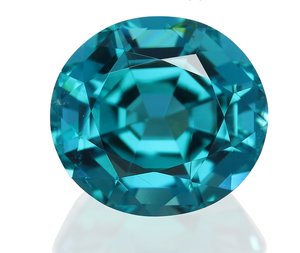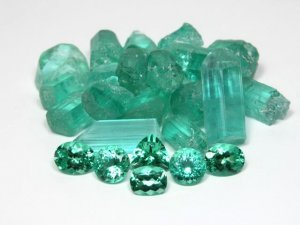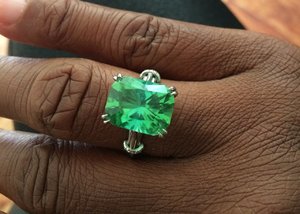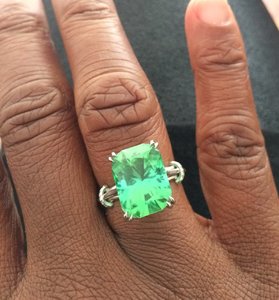- Joined
- Apr 22, 2004
- Messages
- 38,363
Picture accuracy is extremely difficult (your location is different from the vendor's, the time of day, etc all come into play) which is why good vendors have a review and return policy in play. I also always keep in mind that a vendor's photograph always shows the stone in the best light, so my expectation is almost always lower. A bright stone can be darker and a light stone can be even lighter in person. In terms of clarity, there are various inclusion types ranging from air bubbles to a foreign object. As long as the inclusion is fairly small and doesn't break the surface, I am fine with it.








300x240.png)